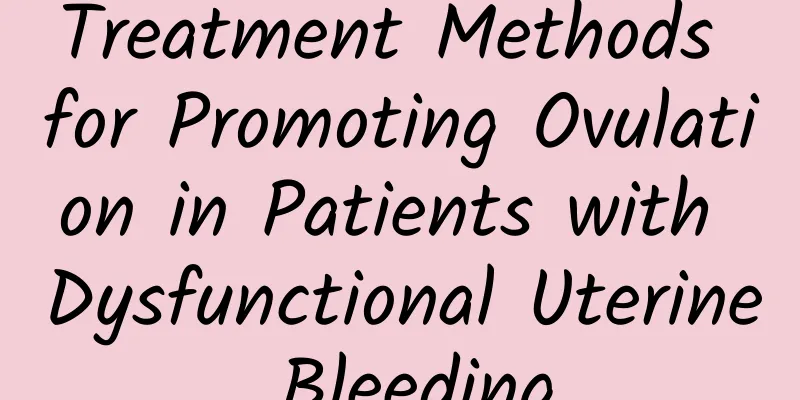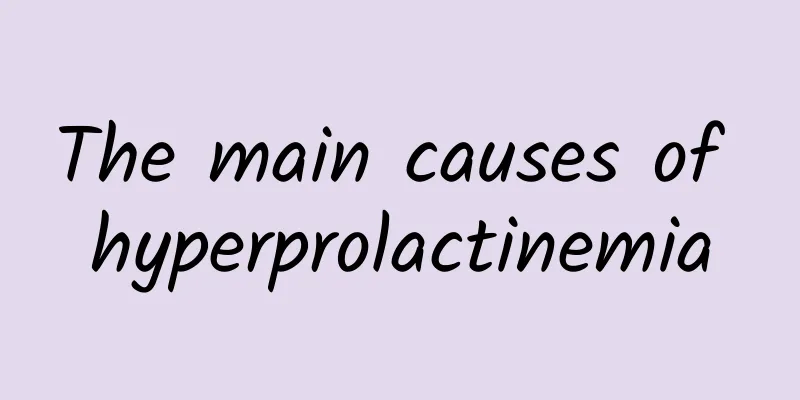Treatment Methods for Promoting Ovulation in Patients with Dysfunctional Uterine Bleeding

|
The treatment of patients with functional uterine bleeding cannot simply stop bleeding. Restoring or establishing normal ovulation and menstruation is the basis for treating anovulatory functional uterine bleeding. After stopping bleeding, ovulation promotion treatment should be carried out. Different patients should adopt corresponding treatment methods according to their condition and requirements. Manual cycle To simulate the hormonal changes of a normal menstrual cycle, estrogen is used first, followed by progesterone. After stopping the medication, the endometrial shedding and bleeding stops, and then the medication is repeated for 3 to 5 consecutive cycles. After stopping treatment, measure the basal body temperature. If it is biphasic, it means ovulation has occurred and treatment can be stopped. If it is monophasic, progesterone is used again for 7 to 10 days/month. This therapy is suitable for young girls and girls whose sexual characteristics have not yet matured. After treatment, some children can establish an ovulation cycle. Progestin therapy When there is no spontaneous menstruation after artificial cycle treatment and the basal body temperature is monophasic, progesterone is used for 7 to 10 days/month, repeated for 3 to 5 months, and a few girls may have ovulation and menstruation. This method is suitable for older girls with well-developed sexual characteristics. Using ovulation-stimulating drugs In theory, ovulation-inducing drugs are a fundamental solution to anovulatory functional uterine bleeding, but these drugs are all replacement therapies that release hormones and menopausal gonadotropins from the gonads. They are effective during treatment, but return to their original state after stopping the drug. If the patient cannot adhere to artificial cycle treatment, or the condition is more stubborn, clomiphene can be used to promote ovulation. Clomiphene is a synthetic ovulation-inducing drug. 50 mg is taken daily for 5 days in the early menstrual cycle. Ovulation occurs 5 to 10 days later. The ovulation success rate in adult women is 80%. If it is ineffective, increase the dose monthly to 200 mg per day. |
<<: Local treatment methods for vulvar leukoplakia
>>: What to do if there is a suction leak during abortion
Recommend
What to do if pregnancy is complicated by uterine fibroids
When pregnancy is complicated by uterine fibroids...
How to perform painless abortion for women? Measures after painless abortion
Painless abortion refers to a method in which a p...
Yang Yizhan exercises without limits and shows off his muscles by skipping rope
Yang Yizhan, the warm-hearted urban man with a he...
Where does pelvic inflammatory disease hurt?
There are acute and chronic pelvic inflammatory d...
What are the factors that cause uterine fibroids? What are the examination methods for uterine fibroids?
If uterine fibroids are not well controlled, the ...
Daily care for patients with Bartholinitis
Experts say that among the pathogens of Bartholin...
What are the causes of vaginitis
Vaginitis refers to the inflammation of the vagin...
Symptoms of polycystic ovary syndrome If you have these 5 symptoms, you should pay attention
Polycystic ovary syndrome is related to the metab...
What is the difference between curettage and abortion?
Curettage and abortion are two common methods of ...
Does weight loss cause breasts to become smaller and saggy? Chinese medicine doctor Huang Huijuan: 2 breast-tonifying soups to enlarge breasts and keep breasts moisturized
For many women, losing weight is a process of con...
Middle-aged women should actively prevent vulvar leukoplakia
Vulvar leukoplakia is a common disease among wome...
How long can I walk after an abortion? Post-abortion care measures
Women who undergo abortions will suffer great dam...
How does traditional Chinese medicine treat cervical erosion? Introduction to Western medicine treatment methods for female cervical erosion
There are generally three types of cervical erosi...
What are the principles of prevention of endometrial tuberculosis?
Prevention is better than cure, especially for di...
17 "Slimming Fist" moves to lose weight and stay healthy
Spring is the best time for the elderly to mainta...









